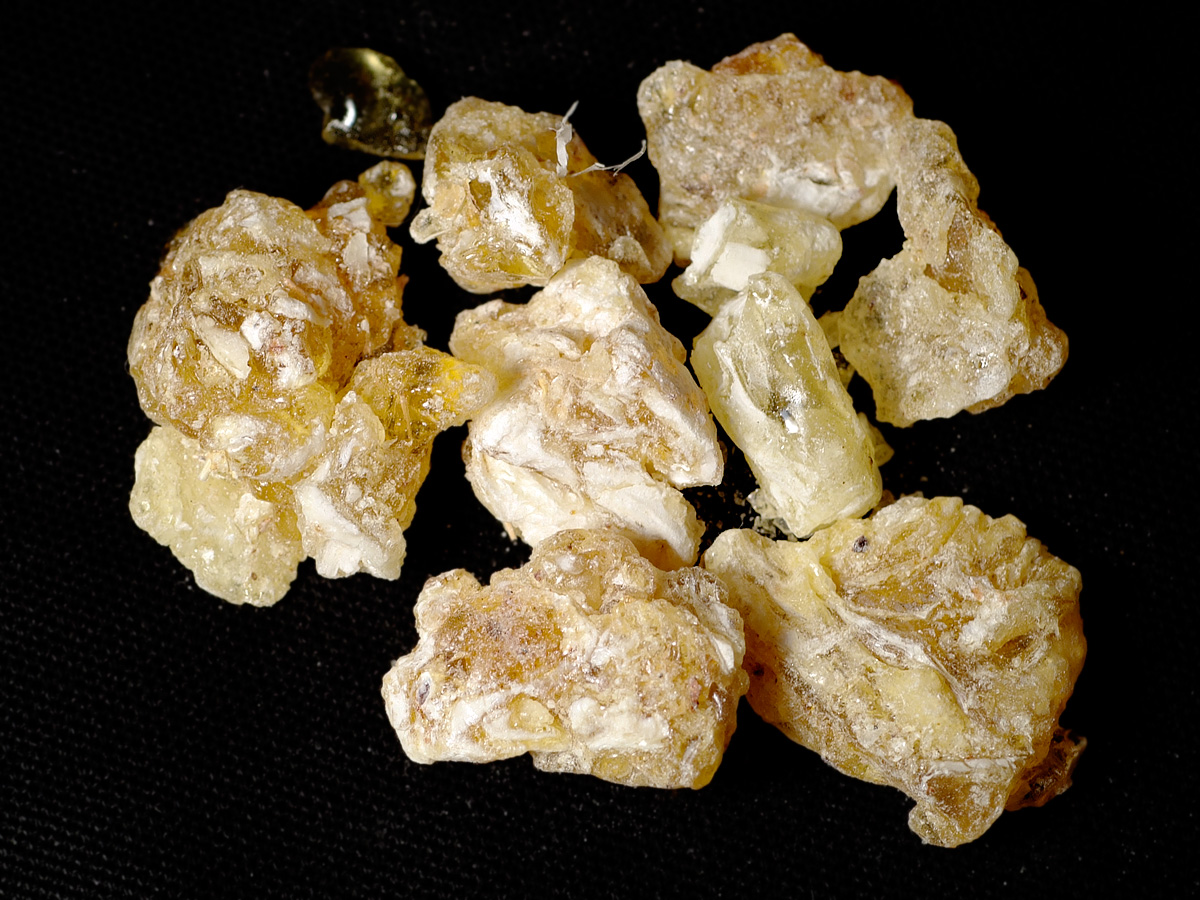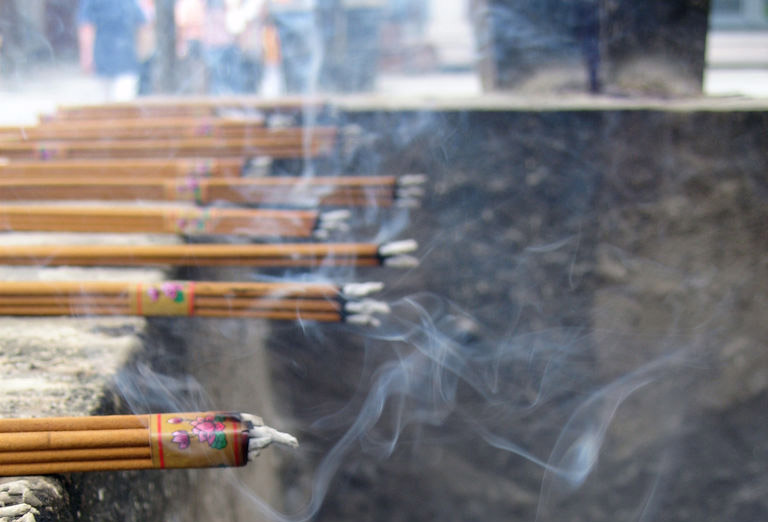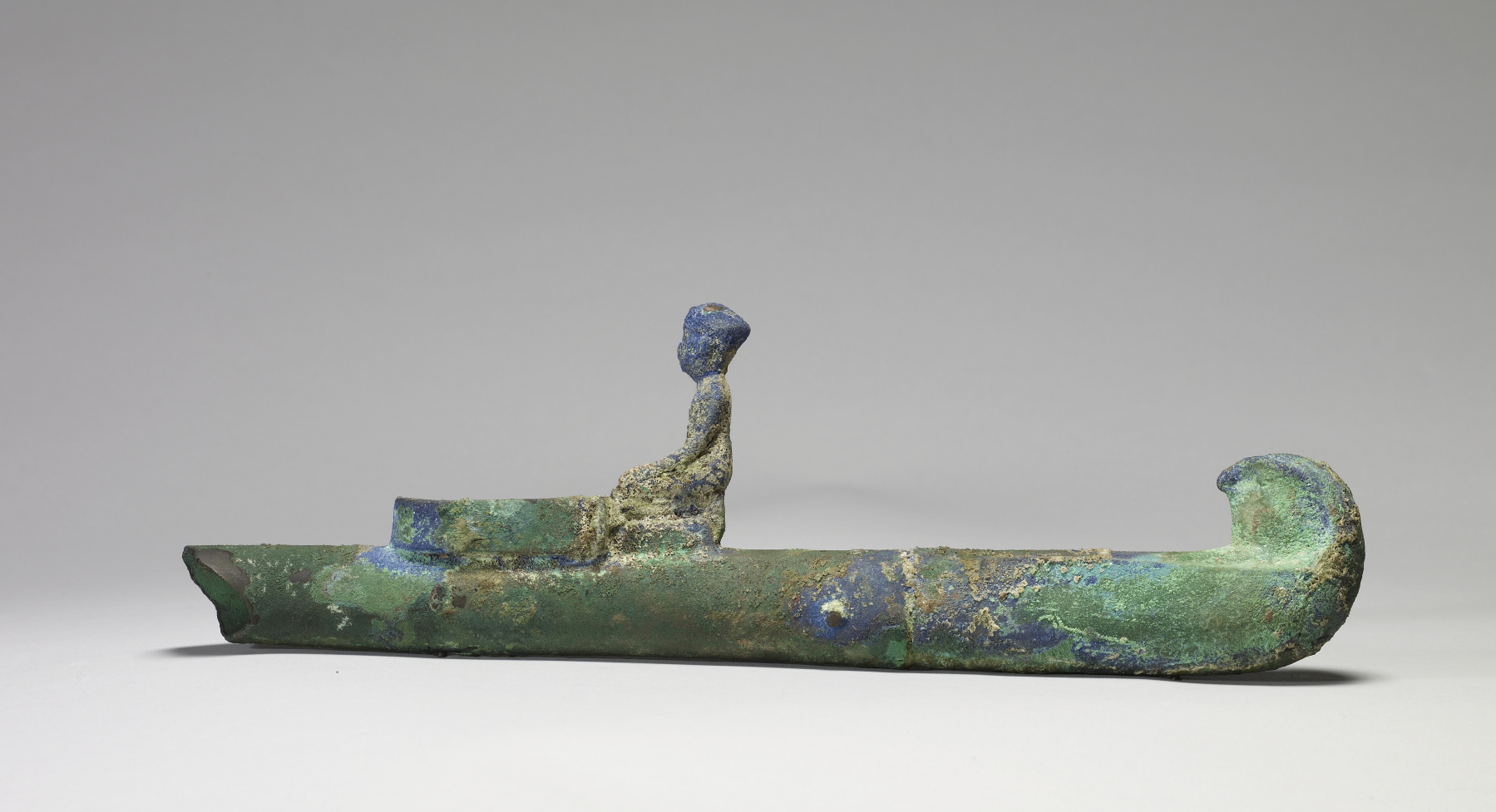|
Dabqaad
The dabqaad ( Somali for "fire raiser"), also known as girgire, and uunsi is a Somali incense burner, or censer. With either one or two handles, it is commonly used in Somalia, Ethiopia and Djibouti. Usage and production Dabqaads are traditionally used to perfume homes after large meals and/or during special occasions, such as when one is expecting guests. Frankincense (''foox/fooh'') or a prepared incense (''uunsi''), is placed on top of hot charcoal inside an incense burner, the ''dabqaad''. It then burns for about ten minutes. This keeps the house fragrant for hours. The dabqaad pot is made from a white clay or soapstone found in specific areas of Somalia. Meerschaum (sepiolite) is used to make the dabqaad, with the district of El Buur serving as a center for quarrying. El Buur is also the place of origin of the local pipe-making industry. The ancient Egyptian pharaoh Hatshepsut was very fond of the incense when she went on her expedition to the ancient Land of Punt.Abdu ... [...More Info...] [...Related Items...] OR: [Wikipedia] [Google] [Baidu] |
Frankincense
Frankincense, also known as olibanum (), is an Aroma compound, aromatic resin used in incense and perfumes, obtained from trees of the genus ''Boswellia'' in the family (biology), family Burseraceae. The word is from Old French ('high-quality incense'). There are several species of ''Boswellia'' that produce true frankincense: ''Boswellia sacra'' (synonym (taxonomy), syn. ''B. bhaw-dajiana'', syn. ''B. carteri''), ''Boswellia frereana, B. frereana'', ''Boswellia serrata, B. serrata'' (''B. thurifera''), and ''Boswellia papyrifera, B. papyrifera''. Resin from each is available in various grades, which depends on the time of harvesting. The resin is hand-sorted for quality. Etymology The English word ''frankincense'' derives from the Old French expression , meaning 'true incense', maybe with the sense of 'high quality incense'. The adjective in Old French meant 'noble, true', in this case perhaps 'pure'; although ''franc'' is ultimately derived from the tribal name of the Franks, ... [...More Info...] [...Related Items...] OR: [Wikipedia] [Google] [Baidu] |
Incense Equipment
Incense is an aromatic biotic material that releases fragrant smoke when burnt. The term is used for either the material or the aroma. Incense is used for aesthetic reasons, religious worship, aromatherapy, meditation, and ceremonial reasons. It may also be used as a simple deodorant or insect repellent. Incense is composed of aromatic plant materials, often combined with essential oils. The forms taken by incense differ with the underlying culture, and have changed with advances in technology and increasing number of uses. Incense can generally be separated into two main types: "indirect-burning" and "direct-burning." Indirect-burning incense (or "non-combustible incense") is not capable of burning on its own, and requires a separate heat source. Direct-burning incense (or "combustible incense") is lit directly by a flame and then fanned or blown out, leaving a glowing ember that smoulders and releases a smoky fragrance. Direct-burning incense is either a paste formed around a ... [...More Info...] [...Related Items...] OR: [Wikipedia] [Google] [Baidu] |
Culture Of Somalia
The culture of Somalia is an amalgamation of traditions that were developed independently since the Proto-Somali era. The hypernym of the term ''Somali'' from a geopolitical sense is ''Horner (demography), Horner'' and from an ethnic sense, it is ''Cushitic peoples, Cushite''. Overview The culture of Somalia encompasses knowledge, beliefs, arts, laws, and customs of the Somali people throughout history and is distinguished by a deep commitment to democratic and egalitarian principles, as well as a strong sense of independence, individualism, and generosity. It is an amalgamation of traditions developed independently, drawing on heritage from distant ancestors in Nubia and pre-dynastic Egypt, the ancient civilization of Land of Punt, Punt, and the subsequent rise of the proto-Somali city-states known collectively as 'Barbaria (region), Barbaria'. Somalia was among the first regions outside the Arabian Peninsula to embrace Islam and became a center of influential Islamic schola ... [...More Info...] [...Related Items...] OR: [Wikipedia] [Google] [Baidu] |
Bukhoor
Incense is an aromatic biotic material that releases fragrant smoke when burnt. The term is used for either the material or the aroma. Incense is used for aesthetic reasons, religious worship, aromatherapy, meditation, and ceremonial reasons. It may also be used as a simple deodorant or insect repellent. Incense is composed of aromatic plant materials, often combined with essential oils. The forms taken by incense differ with the underlying culture, and have changed with advances in technology and increasing number of uses. Incense can generally be separated into two main types: "indirect-burning" and "direct-burning." Indirect-burning incense (or "non-combustible incense") is not capable of burning on its own, and requires a separate heat source. Direct-burning incense (or "combustible incense") is lit directly by a flame and then fanned or blown out, leaving a glowing ember that smoulders and releases a smoky fragrance. Direct-burning incense is either a paste formed around a ... [...More Info...] [...Related Items...] OR: [Wikipedia] [Google] [Baidu] |
Sepiolite
Sepiolite, also known in English by the German name meerschaum ( , ; ; meaning " sea foam"), is a soft white clay mineral, often used to make tobacco pipes (known as meerschaum pipes). A complex magnesium silicate, a typical chemical formula for which is Mg4Si6O15(OH)2·6H2O, it can be present in fibrous, fine-particulate, and solid forms. The fibrous clay minerals have recently been shown to exist as a continuous polysomatic series where the endmembers are sepiolite and palygorskite. There is a continuous variation in chemical composition from sepiolite, the most magnesic and trioctahedral endmember, to palygorskite, the least magnesic, most Al- and Fe-bearing, most dioctahedral endmember. Originally named ''meerschaum'' by Abraham Gottlob Werner in 1788, it was named ''sepiolite'' by Ernst Friedrich Glocker in 1847 for an occurrence in Bettolino, Baldissero Canavese, Torino Province, Piedmont, Italy. The name comes from Greek ''sepion'' (σήπιον), meaning " cuttl ... [...More Info...] [...Related Items...] OR: [Wikipedia] [Google] [Baidu] |
Meerschaum
Sepiolite, also known in English by the German name meerschaum ( , ; ; meaning " sea foam"), is a soft white clay mineral, often used to make tobacco pipes (known as meerschaum pipes). A complex magnesium silicate, a typical chemical formula for which is Mg4Si6O15(OH)2·6H2O, it can be present in fibrous, fine-particulate, and solid forms. The fibrous clay minerals have recently been shown to exist as a continuous polysomatic series where the endmembers are sepiolite and palygorskite. There is a continuous variation in chemical composition from sepiolite, the most magnesic and trioctahedral endmember, to palygorskite, the least magnesic, most Al- and Fe-bearing, most dioctahedral endmember. Originally named ''meerschaum'' by Abraham Gottlob Werner in 1788, it was named ''sepiolite'' by Ernst Friedrich Glocker in 1847 for an occurrence in Bettolino, Baldissero Canavese, Torino Province, Piedmont, Italy. The name comes from Greek ''sepion'' (σήπιον), meaning "cuttlebo ... [...More Info...] [...Related Items...] OR: [Wikipedia] [Google] [Baidu] |
Djibouti
Djibouti, officially the Republic of Djibouti, is a country in the Horn of Africa, bordered by Somalia to the south, Ethiopia to the southwest, Eritrea in the north, and the Red Sea and the Gulf of Aden to the east. The country has an area of . In antiquity, the territory, together with Ethiopia, Eritrea and Somaliland, was part of the Land of Punt. Nearby Zeila, now in Somaliland, was the seat of the medieval Adal Sultanate, Adal and Ifat Sultanate, Ifat Sultanates. In the late 19th century, the colony of French Somaliland was established after the ruling Dir (clan), Dir, Somali people, Somali, and Afar people, Afar sultans signed treaties with the French, and its Imperial Ethiopian Railway, railroad to Dire Dawa (and later Addis Ababa) allowed it to quickly supersede Zeila as the port for southern Ethiopia and the Ogaden. It was renamed the French Territory of the Afars and the Issas in 1967. A decade later, the Djiboutian people 1977 Afars and Issas independence referendu ... [...More Info...] [...Related Items...] OR: [Wikipedia] [Google] [Baidu] |
Somali People
The Somali people (, Wadaad: , Arabic: ) are a Cushitic ethnic group and nation native to the Somali Peninsula. who share a common ancestry, culture and history. The East Cushitic Somali language is the shared mother tongue of ethnic Somalis, which is part of the Cushitic branch of the Afroasiatic language family. They are predominantly Sunni Muslim.Mohamed Diriye Abdullahi, ''Culture and Customs of Somalia'', (Greenwood Press: 2001), p.1 Forming one of the largest ethnic groups on the continent, they cover one of the most expansive landmasses by a single ethnic group in Africa. According to most scholars, the ancient Land of Punt and its native inhabitants formed part of the ethnogenesis of the Somali people. This ancient historical kingdom is where a great portion of their cultural traditions and ancestry are said to derive from.Egypt: 3000 Years of Civilization Brought to Life By Christine El MahdyAncient perspectives on Egypt By Roger Matthews, Cornelia Roemer, Un ... [...More Info...] [...Related Items...] OR: [Wikipedia] [Google] [Baidu] |
Incense
Incense is an aromatic biotic material that releases fragrant smoke when burnt. The term is used for either the material or the aroma. Incense is used for aesthetic reasons, religious worship, aromatherapy, meditation, and ceremonial reasons. It may also be used as a simple deodorant or insect repellent. Incense is composed of aromatic plant materials, often combined with essential oils. The forms taken by incense differ with the underlying culture, and have changed with advances in technology and increasing number of uses. Incense can generally be separated into two main types: "indirect-burning" and "direct-burning." Indirect-burning incense (or "non-combustible incense") is not capable of burning on its own, and requires a separate heat source. Direct-burning incense (or "combustible incense") is lit directly by a flame and then fanned or blown out, leaving a glowing ember that smoulders and releases a smoky fragrance. Direct-burning incense is either a paste formed around a ... [...More Info...] [...Related Items...] OR: [Wikipedia] [Google] [Baidu] |
Somalia
Somalia, officially the Federal Republic of Somalia, is the easternmost country in continental Africa. The country is located in the Horn of Africa and is bordered by Ethiopia to the west, Djibouti to the northwest, Kenya to the southwest, the Gulf of Aden to the north, and the Indian Ocean to the east. Somalia has the longest coastline on Africa's mainland. Somalia has an estimated population of 18.1 million, of which 2.7 million live in the capital and largest city, Mogadishu. Around 85% of Somalia's residents are ethnic Somali people, Somalis. The official languages of the country are Somali language, Somali and Arabic, though Somali is the Languages of Somalia, primary language. Somalia has historic and religious ties to the Arab world. The people in Somalia are mainly Muslims, following the Sunni Islam, Sunni branch.. In antiquity, Somalia was an important commercial center. During the Middle Ages, several powerful Somali empires dominated the regional trade, including th ... [...More Info...] [...Related Items...] OR: [Wikipedia] [Google] [Baidu] |
Land Of Punt
The Land of Punt (Egyptian language, Egyptian: ''wikt:pwnt#Egyptian, pwnt''; alternate Egyptian language#Egyptological pronunciation, Egyptological readings ''Pwene''(''t'') ) was an ancient kingdom known from Ancient Egyptian trade records. It produced and exported gold, aromatic resins, Dalbergia melanoxylon, blackwood, ebony, ivory trade, ivory and wild animals.Shaw & Nicholson, p. 231. Recent evidence locates it in northwestern Eritrea. It is possible that it includes or corresponds to Opone, as later known by the Ancient Greece, ancient Greeks, while some Biblical criticism, biblical scholars have identified it with the biblical land of Phut, Put or Havilah. At times Punt is referred to as ''Ta netjer'' (''wikt:tꜣ-nṯr#Egyptian, tꜣ nṯr''), . The exact location of Punt is debated by historians. Various locations have been offered, southeast of Egypt, a coastal region south of it along the Red Sea, Gulf of Aden and the Indian Ocean, in present day north-east Sudan, E ... [...More Info...] [...Related Items...] OR: [Wikipedia] [Google] [Baidu] |








